Mastering the Art of Hair Brushing: Complete Guide
Beginning the journey to idealizing the skill of hair brushing includes more than just a daily habit- it could be a to caring for and protecting the wellbeing and beauty of your hair. Brushing not only helps to detangle hair and fortify the scalp but also improves by and large hair wellbeing. This direct will explore appropriate brushing strategies, the significance of selecting the proper instruments, and how to strike an adjustment between procuring benefits and avoiding issues. Connect us in finding the privileged insights of a successful brushing schedule, which is able as it were advance the physical well-being of your hair but moreover boost your confidence with an excellent and healthy mane.
Journey to Properly Brush Your Hair!
Learning how to appropriately brush your hair is vital for keeping up its well-being and magnificence. The primary step is selecting the correct brush based on your hair type, whether it's straight, curly, or wavy. Common bristles like boar are great for spreading oils, whereas synthetic bristles like nylon are way better for detangling. It's vital to start with dry hair and be delicate when detangling damp hair with a wide-tooth comb. Brush hair delicately from the tips to the roots to decrease breakage.
Section your hair for easier brushing. Start at the bottom of each section, and use gentle strokes to prevent damage. Scalp stimulation is key for blood flow and hair growth. Opt for a brush with rounded tips to massage the scalp. Brush in the morning and night to distribute oils and avoid tangles. Clean your brush regularly to prevent buildup. Invest in quality brushes for your hair type, they are gentler and more durable.
Night Care:
To prevent tangles while sleeping, use protective styles like braids or loose buns, and consider a silk or satin pillowcase to reduce friction. Be gentle when brushing wet hair, using a wide-tooth comb if necessary. Choose the right brush based on bristle type and adapt the technique to hair type. Use hair oils for moisture and scalp health, and address statically by lightly misting the brush with leave-in conditioner or water. For volume, brush from the nape of the neck to the crown with the head upside down.
Adjust your brushing schedule according to the seasons, considering the effect of humidity or dry weather on your hair. By including these habits in your routine, you can become skilled in hair brushing, enhancing hair health, and preserving gorgeous locks.
Advantages and Disadvantages of using a Hairbrush:

Using a hairbrush is a common practice in hair care routines, and it comes with various advantages and disadvantages. Let's explore both aspects:
Advantages of Using a Hairbrush:
- Detangling: One of the primary benefits of using a hairbrush is its ability to detangle hair, making it easier to manage and style.
- Stimulates Scalp: Brushing stimulates the scalp, promoting blood circulation, which can contribute to overall hair health and potentially enhance hair growth.
- Distributes Natural Oils: Brushing helps distribute the natural oils (sebum) produced by the scalp along the length of the hair. This natural conditioning can improve hair texture and shine.
- Enhances Shine: Regular brushing can help smooth the hair cuticle, reducing frizz and enhancing the overall shine and appearance of the hair.
- Styles and Shapes Hair: Hairbrushes are essential for creating various hairstyles, shaping the hair, and achieving a polished look.
Disadvantages of Using a Hairbrush:
- Breakage and Damage: Brushing vigorously, especially when the hair is wet, can lead to breakage, split ends, and damage to the hair shaft. It's crucial to use a gentle touch, especially on wet hair.
- Friction and Static: Brushing can create friction, leading to static and frizz, particularly in dry conditions. This is more common with certain hairbrush materials.
- Not Suitable for All Hair Types: Some hair types, such as curly or wavy hair, may not benefit from frequent brushing, as it can disrupt natural curl patterns and cause frizz.
- Spread of Oil and Grease: While distributing natural oils is an advantage, over-brushing can lead to an excess spread of oil, making the hair appear greasy. This is particularly true for individuals with an oily scalp.
- Hygiene Concerns: Hairbrushes can gather oils, dirt, and buildups over time. Regular cleaning is essential to preserve hygiene and avoid potential scalp issues.
Indeed in spite of the fact that using a hairbrush has preferences such as detangling, scalp stimulation, and styling, it's imperative to brush gently and select a brush fitting for your hair sort. To expect issues, like brush breakage, it is incited to preserve a vital separate from over-the-top oblige, especially on damp hair, and keep up extraordinary cleanliness by routinely cleaning the brush.
In spite of the fact that employing a hairbrush has points of interest such as detangling, scalp incitement, and styling, it's critical to brush tenderly and select a brush reasonable for your hair sort. To anticipate issues, like brush breakage, it is prompted to maintain a strategic distance from over-the-top constrain, particularly on soggy hair, and keep up great cleanliness by frequently cleaning the brush.
Types of Hairbrushes:

- Paddle Brush: Ideal for detangling and smoothing long, straight hair. The broad surface area covers more hair with each stroke.
- Round Brush: Used for styling, creating curls, and adding volume, often used with a hairdryer for a blowout.
- Wide-Tooth Comb: Great for detangling wet hair, especially for those with curly or thick hair.
- Boar Bristle Brush: Helps distribute natural oils, adds shine, and is suitable for all hair types.
- Vent Brush: Designed for quick drying, as the vents allow air to pass through, reducing drying time.
- Teasing Brush: Features tightly packed bristles for backcombing and adding volume to specific sections of hair.
- Detangling Brush: Specifically designed to minimize breakage when detangling wet or dry hair.
- Ionic Brush: Emits negative ions to reduce frizz and static, leaving the hair smoother.
Selecting the appropriate brush relies on the type of hair you have, the way you like to style it, and your requirements. It is crucial to choose a brush that matches your hair's texture and condition for optimal results and to avoid any possible negative effects.
Conclusion:
In conclusion, acing hair brushing includes selecting the correct tools, knowing your hair type, and setting up a careful schedule. Standard, tender brushing has different benefits like detangling, fortifying the scalp for way better blood stream, and spreading normal oils for more advantageous hair.
Be that as it may, over-the-top brushing can lead to issues like breakage and part closes, especially for wavy or sensitive hair. It's pivotal to alter your brushing schedule to suit your hair's needs, counting customary trims, high-quality brushes, and defensive styles at night. Adjusting your brushing habits based on your hair type can assist you keep up a gleaming, sound mane in the long run.

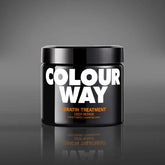

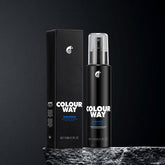

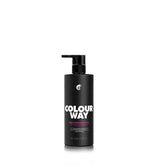

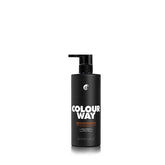


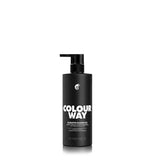

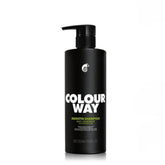

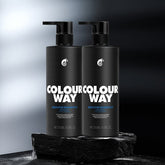

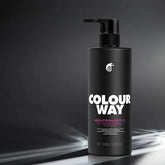

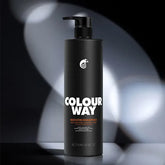

Leave a comment
All blog comments are checked prior to publishing